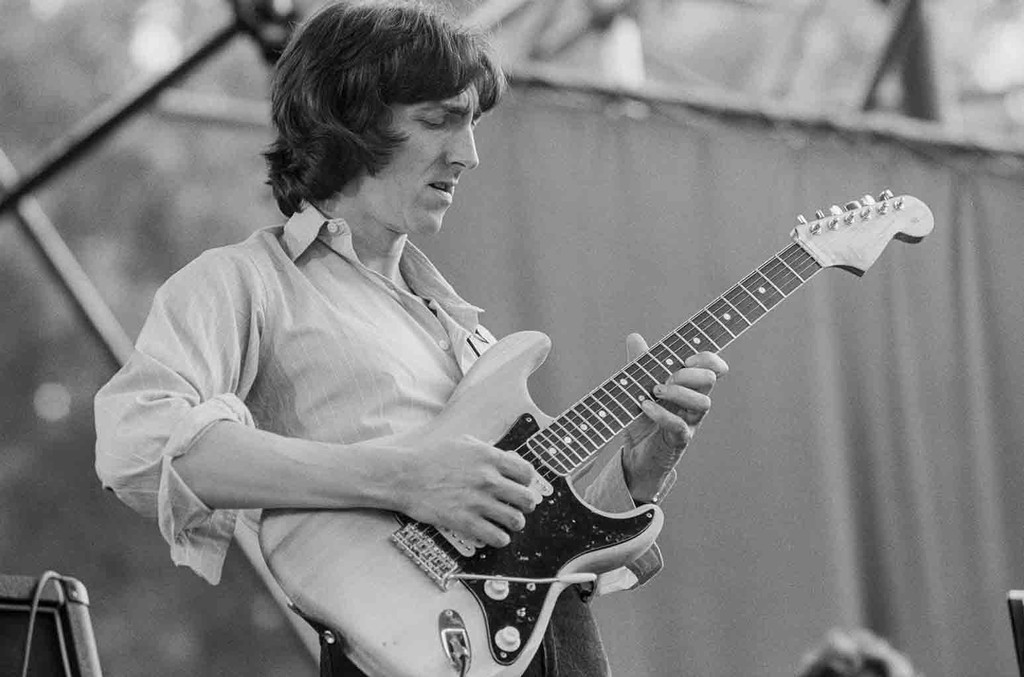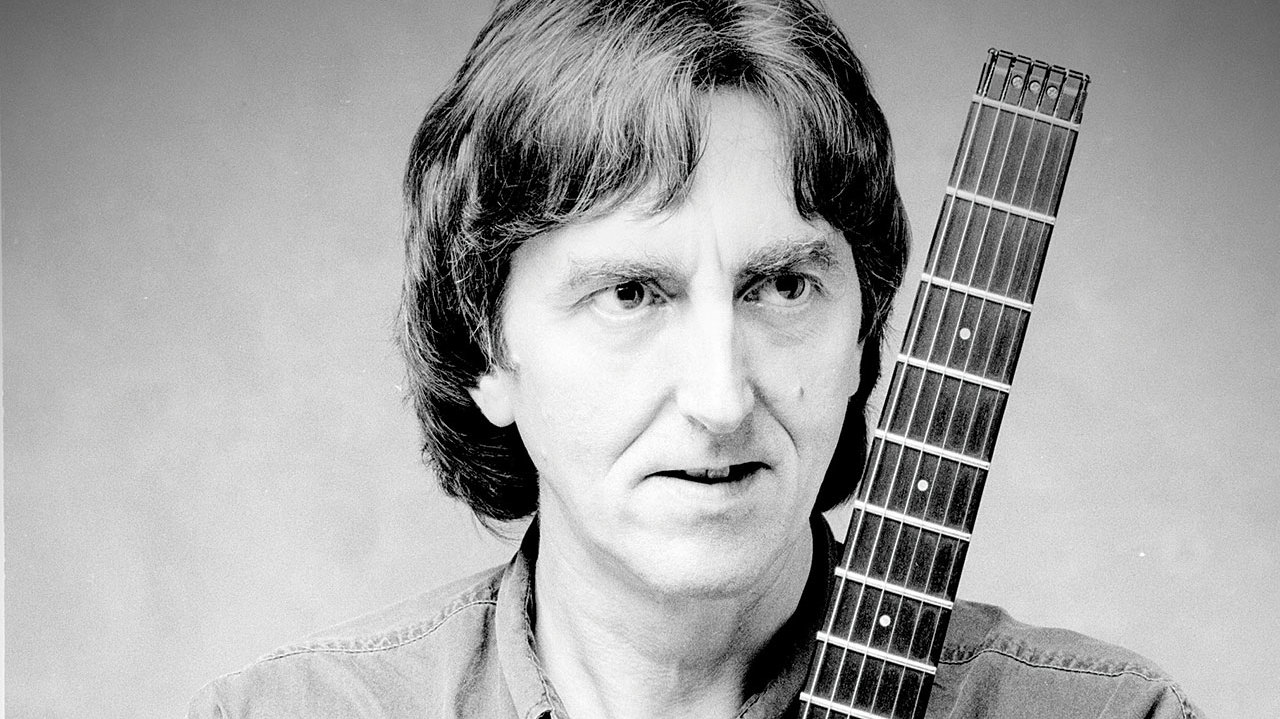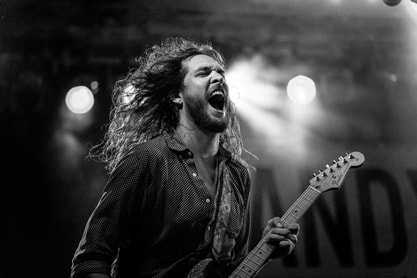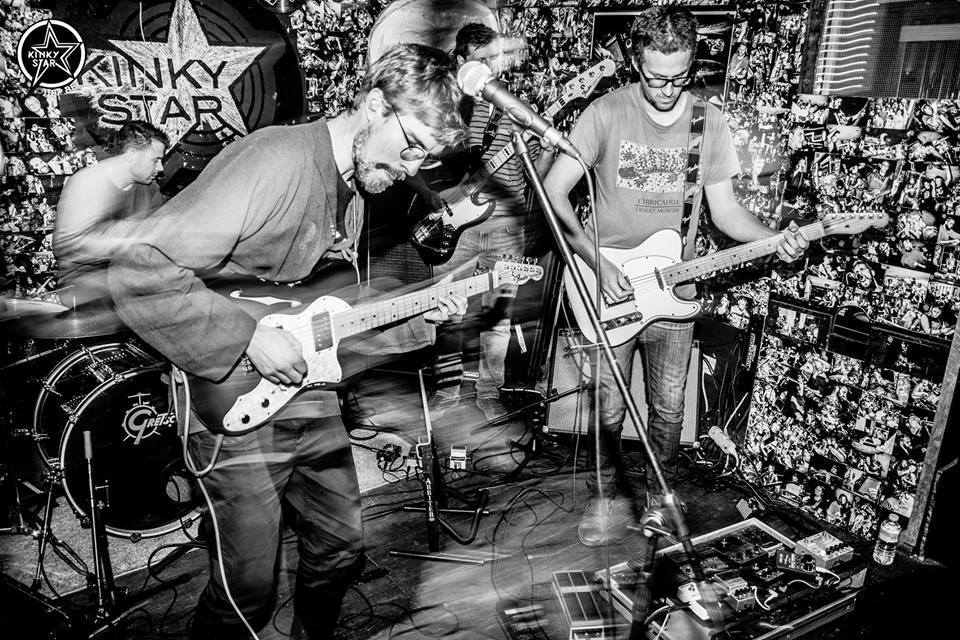When Allan Holdsworth played chords, it could look downright bemusing and somewhat physically demanding; what’s more, how did he even come up with that stuff in the first place? Even before discovering Holdsworth myself, I kind of thought about chords in the same way because I found the more traditional way of seeing things a little difficult to get to grips with, or rather, I couldn’t use it to good effect in my playing. I wanted something more guitaristic that took advantage of the nature of the guitar and the layout of the fretboard.
The way Allan Holdsworth thought about chords is quite a simple concept to grasp once you realize that he saw them as groups of notes from a scale, rather than a construct based on stacking diatonic intervals. In other words, he would think of a Dm or Dm7 chord as being the D Dorian scale the length of the neck, or perhaps the D Melodic Minor the length of the neck, or any number of other scales he knew that contained a Dm or Dm7 chord.
Let’s put this on the neck. Below (in dark blue) you can see three chords that Allan might have played when thinking ‘Dm7’. He almost always went for ‘groups of notes from the scale’ rather than any orthodox chord shape because he probably didn’t like the sound; plus, he was heavily influenced by modal jazz, where you’ll also find these kinds of chords.

These are all Dm7 chords, they’re just not the traditional stacked thirds ones. In fact, Allan’s line of thinking was that, ‘any groups of notes FROM THE SCALE is fair game if you’re looking for D minor type chords’. Some will obviously sound better than others but in theory, they should all ‘work’ to some degree.
You could also find these Allan Holdsworth type Dm chords in the D Melodic Minor scale.

As the D Melodic Minor scale contains a natural 7 (Dm or DmM7), you’re going to get more ‘out there’ chords if you use the Allan Holdsworth approach, but again, the scale is D Minor so any groups of notes from it is fair game as far as chords go.
Experimenting with Allan Holdsworth Chords
Try it out with this G Major/E Natural Minor scale.

Let’s say you’re looking for some chords to play over a long Em section for a gratuitous jazz fusion number at the local bar. See what groups of notes you can come up with while using the open E string as a reference or even a drone. Remember that Allan didn’t think in modal terms and didn’t have a name for a scale that starts on each note (i.e. the modes), and though he must have been aware of this, he probably dismissed the idea. So, forget your standard chords and look for groups of notes that sound good to your ear from the scale above.
There are a number of insightful books on Holdsworth’s playing, including mine, if you want to get deeper into the mind of an absolute guitar genius.



